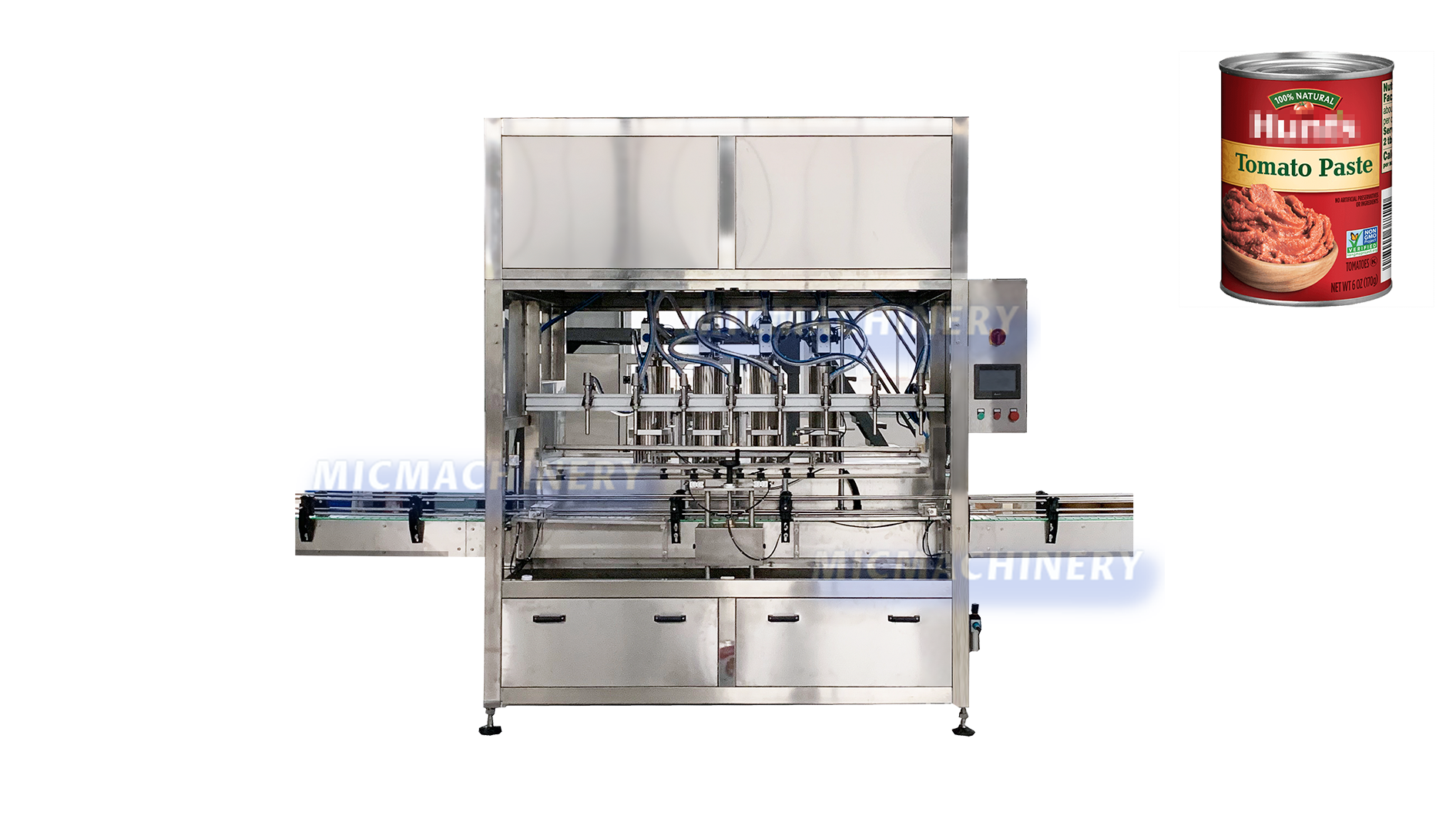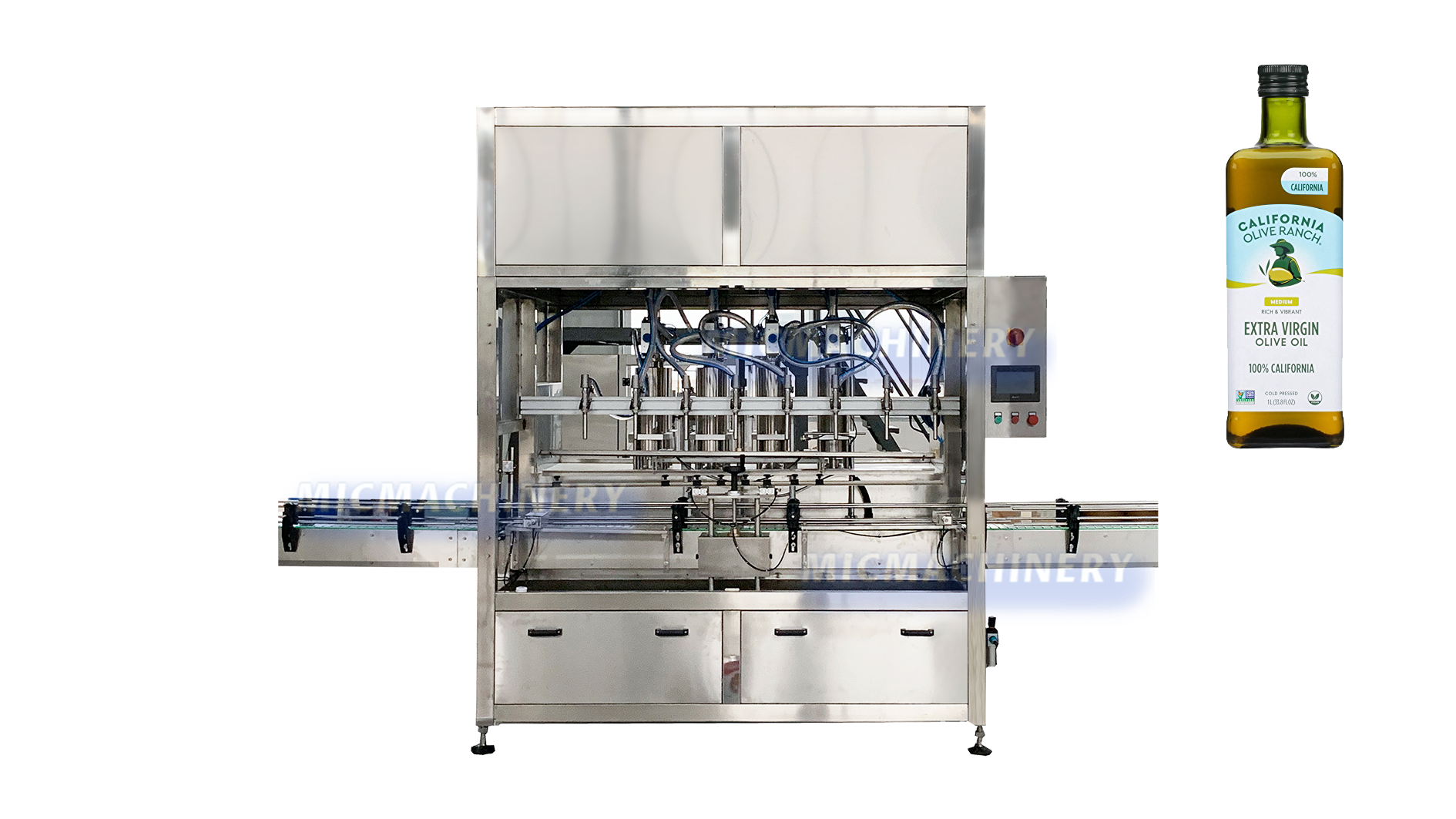When Can You Drink Carbonated Drinks After a Tooth Extraction?
When Can You Drink Carbonated Drinks After a Tooth Extraction? A Guide to Safe Healing
Undergoing a tooth extraction, whether it's a simple procedure or a complex wisdom tooth removal, is only half the battle. The true key to a quick and pain-free recovery lies in meticulous aftercare. The empty socket left behind is a surgical wound that requires protection to heal properly. Among the most common and tempting post-procedure questions is about returning to normalcy: "When can I enjoy my favorite carbonated drink again?" The answer is not as simple as a specific day, but understanding the "why" behind the guidelines can make following them much easier.
The Golden Rule: A Minimum Waiting Period
|
Dental professionals are unanimous in their recommendation: you must avoid all carbonated beverages for a minimum of 5 to 7 days following a tooth extraction. For more complex surgical extractions, particularly impacted wisdom teeth, your oral surgeon may advise a longer abstinence period of 10 to 14 days. This timeline is not arbitrary; it is directly tied to the biological stages of healing within the socket. |
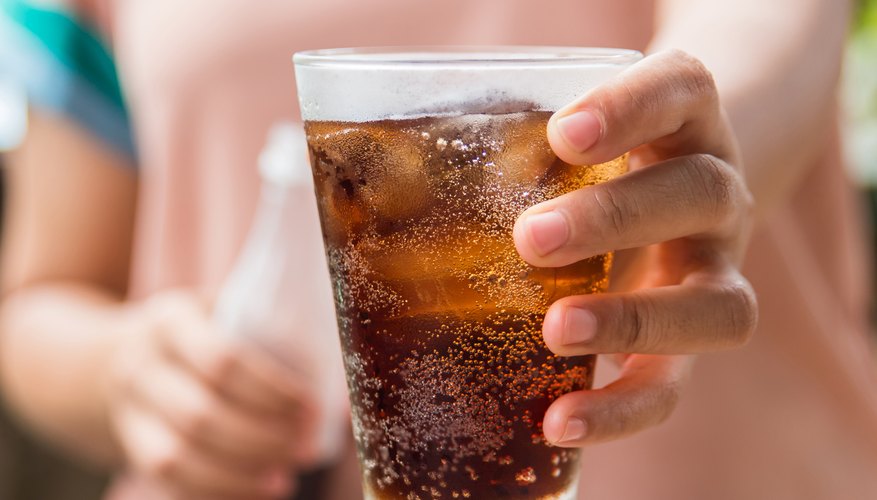 |
The Science of Healing and the Dangers of Carbonation
To understand the prohibition, we must first appreciate the critical role of the blood clot.
 |
1. The Blood Clot: Your Natural Bandage: Immediately after the tooth is removed, your body forms a blood clot in the empty socket. This clot is not merely a plug; it is a foundational scaffold for new tissue growth. It protects the underlying jawbone and sensitive nerve endings from exposure to air, food, and bacteria. The entire healing process—the formation of granulation tissue, the growth of new bone, and the eventual smoothing over of the gum—depends on this clot remaining intact. |
2. The Primary Danger: Dry Socket (Alveolar Osteitis): This is the complication you want to avoid at all costs. Dry socket
occurs when the blood clot is dislodged or dissolves prematurely, exposing the bone. The result is a severe, throbbing
pain that often radiates to the ear and jaw, typically starting a few days after the extraction. It significantly delays healing
and requires an emergency visit to the dentist for medicated dressings. The carbonation in drinks is a primary culprit for
causing dry socket due to two mechanisms:
◦ Suction and Pressure: The act of swallowing a carbonated drink creates negative pressure and suction in the mouth.
This force can easily loosen or completely detach the fragile clot from the socket walls.
◦ The Chemistry of Bubbles: Carbonated drinks get their fizz from carbon dioxide (CO2) gas. The bubbles themselves
are physically disruptive, agitating the surgical site. Furthermore, when CO2 dissolves in water, it forms carbonic acid,
which can create an acidic environment that may interfere with the clot's stability and promote its breakdown.
|
3. Secondary Risks: Sugar and Acidity: Even if the carbonation doesn't dislodge the clot, most soft drinks pose other threats. Their high sugar content feeds bacteria in the mouth, dramatically increasing the risk of infection in the open wound. The inherent acidity (from phosphoric acid in colas or citric acid in lemon- lime sodas) can irritate the sensitive gum tissue and slow down the cellular regeneration process. |
 |
From the Production Line to Your Mouth: The Force of Fizz
The very technology that makes carbonated drinks refreshing is what makes them dangerous after surgery. The consistent fizz in every can of soda is the result of sophisticated manufacturing. A high-speed carbonated drink filling machine is designed to inject beverages with CO2 under high pressure and seal the container instantly to trap the gas. This process, perfected by the carbonated drink filling machine, ensures the drink remains bubbly until the moment you open it. When you break the seal, the pressure is released, and the gas vigorously escapes in the form of bubbles. It is this powerful, pent-up energy that creates the hazardous agitation and suction in your mouth post-extraction.
A Phased Guide to Reintroduction
Rushing this process is not worth the risk of debilitating pain. Follow this cautious timeline:
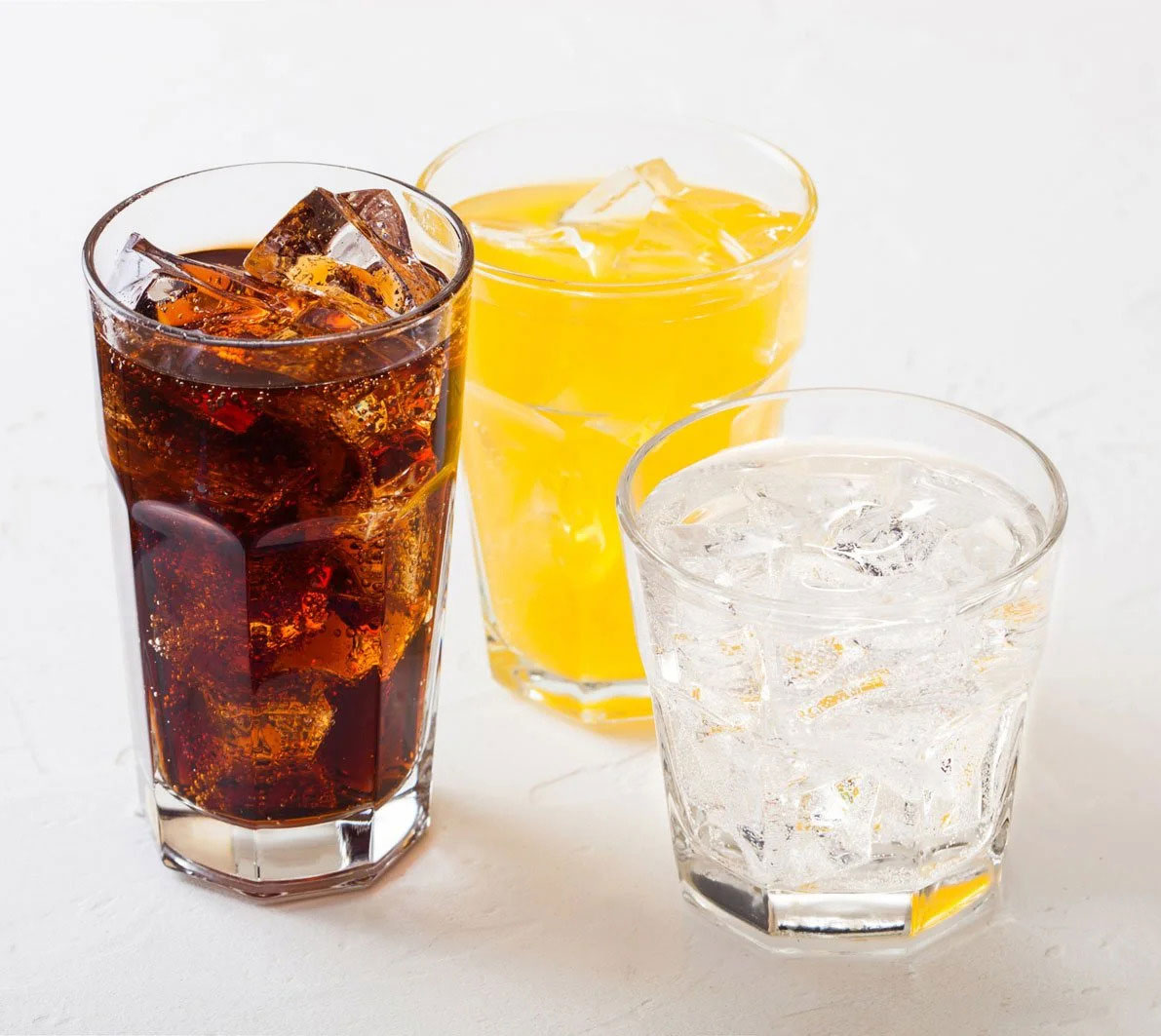 |
• First 24-48 Hours: The Critical Clotting Phase. This is the most important period. A strict "no-carbonation" rule is essential. Your diet should consist of lukewarm or cool, still liquids: water, milk, and diluted, non- carbonated fruit juices (without sugar). Avoid hot liquids, as they can promote dissolving the clot.
• Days 3-5: The Stabilization Phase. The clot is organizing and starting to granulate but is still vulnerable. Continue to avoid all carbonated drinks entirely. Your diet can expand to include soft foods like yogurt, applesauce, and mashed potatoes, but your beverages should remain still. |
• Days 5-7: The Cautious Trial Phase (With Permission). If your healing has been progressing without any pain,
swelling, or signs of infection, you may consider a trial. The key is to eliminate the carbonation entirely. Let the drink go
completely flat by leaving it uncapped for several hours or stirring it vigorously until no bubbles remain. Then, sip it gently
from a glass—do not use a straw, as the straw creates even more dangerous suction.
• After 7-10 Days: The Resumption Phase. By this point, the socket should be well on its way to being covered with new
gum tissue. If you have no discomfort, you can likely resume drinking carbonated beverages normally. However, always
start with small sips and listen to your body.
Optimal Beverages for Healing
|
During your recovery, focus on drinks that hydrate and nourish without causing harm:
• Cool Water: Essential for hydration and gently rinsing away food particles. • Milk: Provides calcium and protein. • Herbal Teas (Cooled): Chamomile or peppermint tea can be soothing. • Broth-based Soups (Cooled): Provide necessary electrolytes and nutrients. |
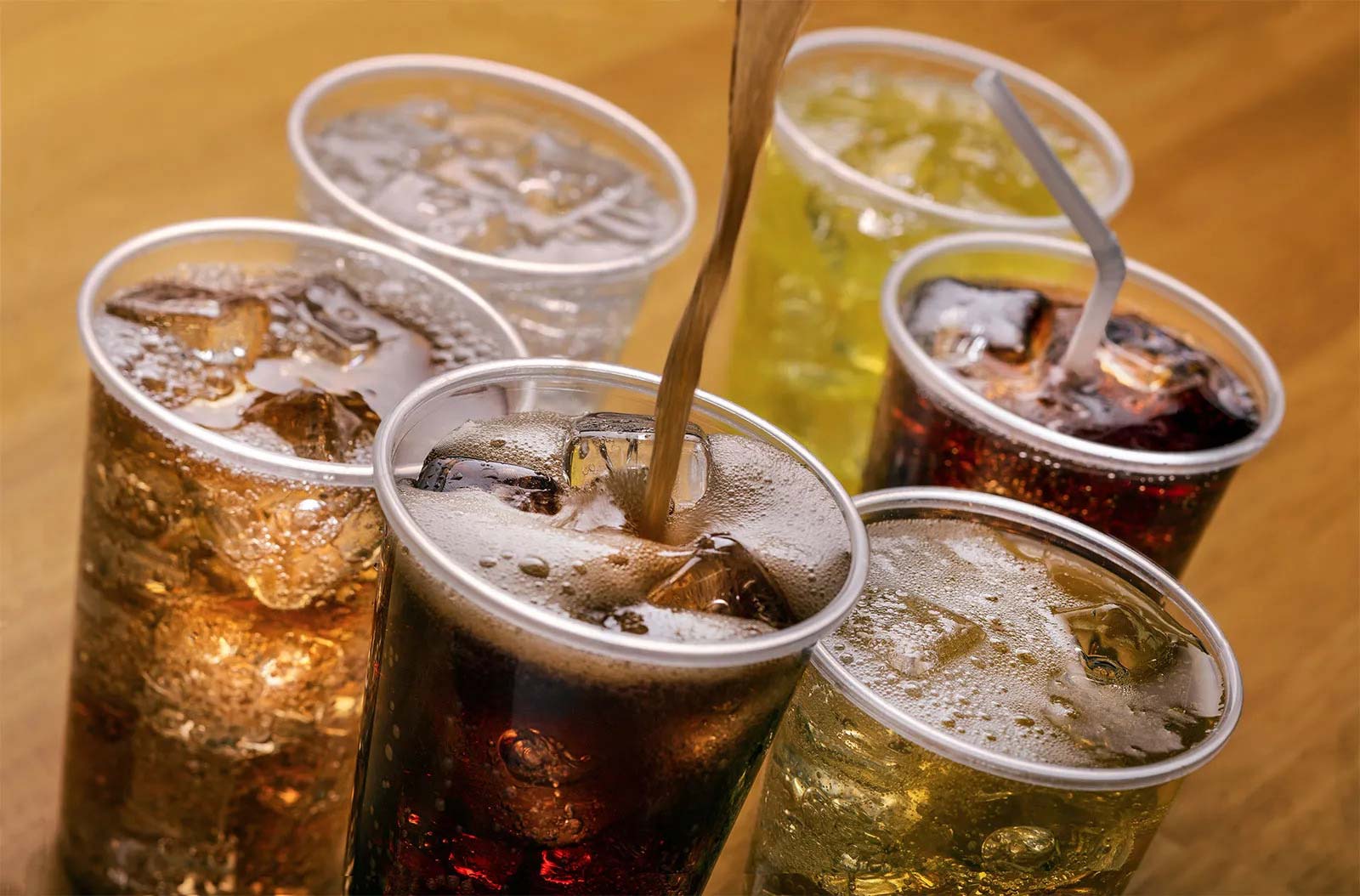 |
The Final Verdict
The desire for a cold, fizzy drink after an extraction is understandable, but the potential consequence—dry socket—is a severe setback. The safest and most highly recommended course of action is to exercise patience. Adhere strictly to the 5-7 day minimum and always prioritize the specific instructions from your dentist or oral surgeon. Protecting that delicate blood clot by avoiding the forces created by a carbonated drink filling machine is a small price to pay for a smooth, swift, and pain-free recovery.

